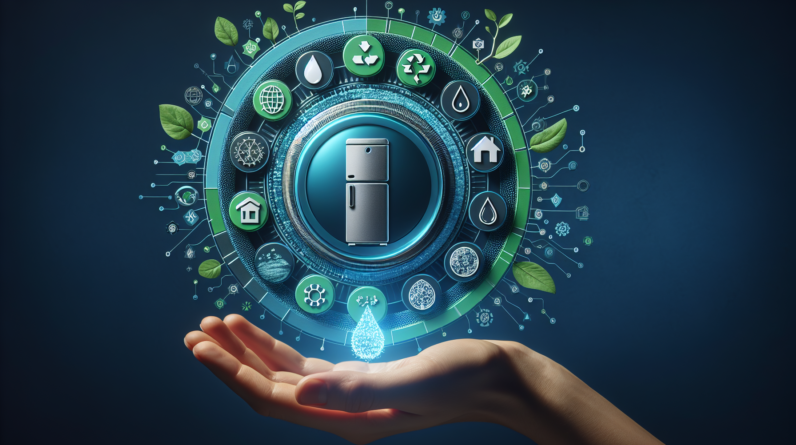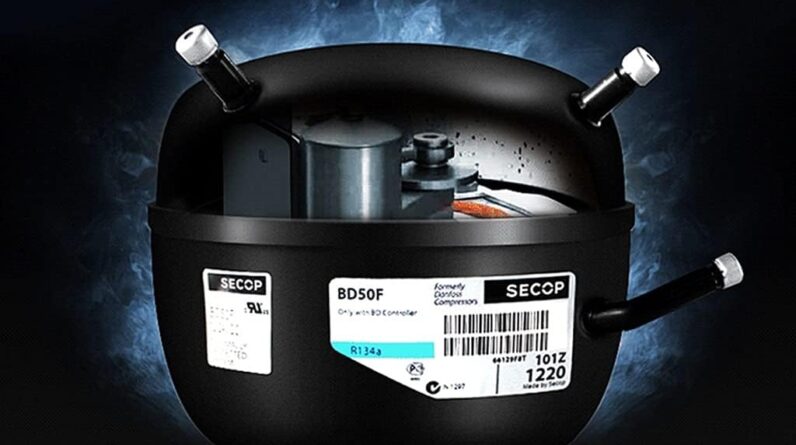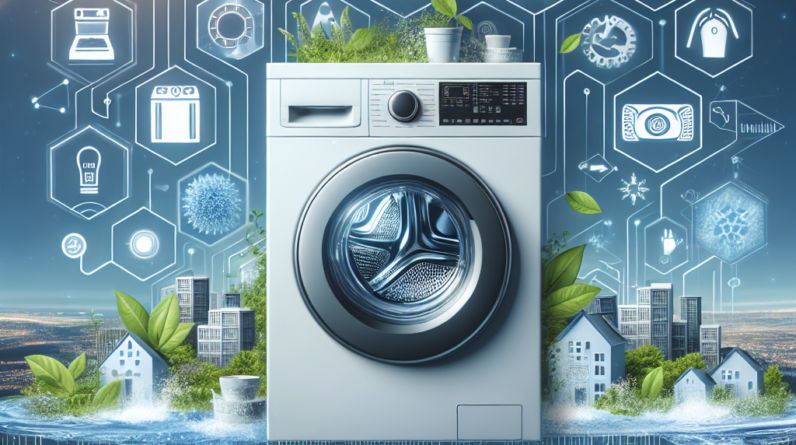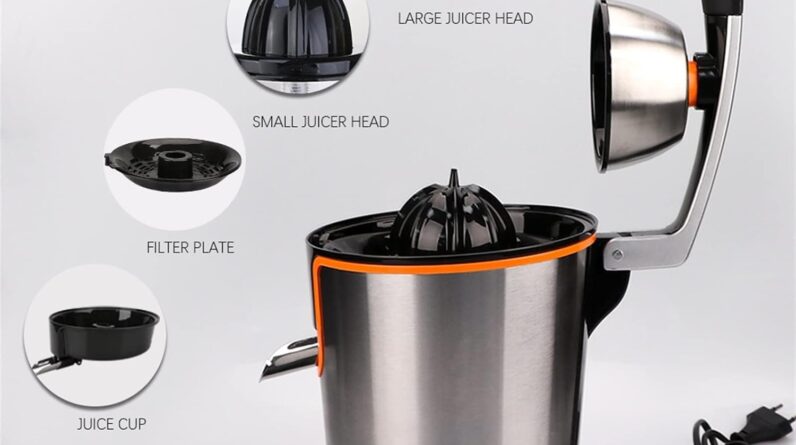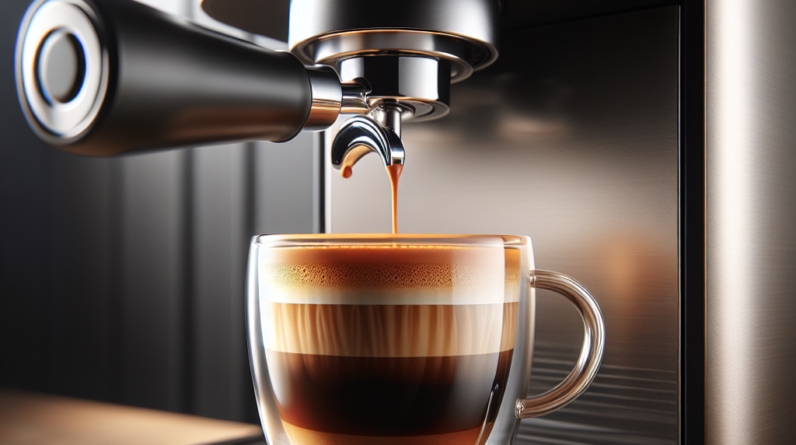
So, you’re in the market for a new stove for your kitchen, but with so many options out there, how do you choose the perfect one? Let’s break it down for you. From the type of stove to consider, such as electric or gas, to the various features and sizes available, we’ll guide you through the decision-making process. By the end of this article, you’ll be well-equipped to find the stove that checks all the boxes for your culinary needs and fits seamlessly into your kitchen space.

This image is property of assets.wfcdn.com.
Factors to Consider
When it comes to selecting the perfect stove for your kitchen, there are several factors that you need to consider. These factors will not only affect your cooking experience but also impact the overall efficiency and functionality of your kitchen. Here are the main factors you should keep in mind:
Size of the stove
The size of the stove is an important factor to consider, as it determines how much cooking space you will have available. If you have a small kitchen or limited counter space, you might want to opt for a compact stove that can fit seamlessly into your kitchen layout. On the other hand, if you have a large kitchen and love to cook for a crowd, a bigger stove with a larger cooking surface and oven capacity might be more suitable for your needs.
Fuel type
Another crucial factor to consider is the fuel type of the stove. The most common options include gas, electric, induction, and dual fuel stoves. Each fuel type has its own advantages and disadvantages, so it’s important to understand your cooking preferences and lifestyle in order to make an informed decision.
Cooking surface
The cooking surface of a stove can greatly impact the way you cook. Gas stoves typically come with open burners that provide precise temperature control and even heat distribution. Electric stoves, on the other hand, feature smooth, glass-ceramic cooktops that are easy to clean but may take longer to heat up. Induction stoves use electromagnetic energy to heat the pots and pans directly, offering fast and precise cooking results. Dual fuel stoves combine the best of both worlds, with a gas cooktop and an electric oven.
Oven capacity
If you enjoy baking or frequently cook large meals, the oven capacity of your stove is an important consideration. Some stoves offer single ovens, while others have double ovens or additional oven compartments. A larger oven capacity allows you to cook multiple dishes simultaneously or tackle bigger recipes with ease.
Burner configuration
The burner configuration refers to the number and arrangement of burners on the stove’s cooktop. This factor is particularly important if you frequently cook with multiple pots and pans at once. Consider how many burners you would need and whether you prefer them to be in a linear or staggered pattern.
Types of Stoves
Now that you understand the key factors to consider, let’s take a closer look at the different types of stoves available in the market today. Each type has its own unique features and advantages, so you can choose the one that best suits your needs.
Gas Stoves
Gas stoves are a popular choice among many chefs and cooking enthusiasts. They offer precise temperature control, quick heating, and even heat distribution. With a gas stove, you have the ability to instantly adjust the flames, giving you more control over your cooking process. Gas stoves are also compatible with a wide range of cookware. However, it’s important to note that gas stoves require a gas supply in your kitchen, and you need to have proper ventilation to prevent the buildup of carbon monoxide.
Advantages of Gas Stoves:
- Precise temperature control
- Quick heating
- Even heat distribution
- Instant flame adjustment
- Compatible with a wide range of cookware
Disadvantages of Gas Stoves:
- Requires a gas supply and proper ventilation
- Burners may be more difficult to clean compared to electric or induction stoves
Electric Stoves
Electric stoves are another common option found in many kitchens. They feature smooth, glass-ceramic cooktops that are easy to clean and provide a sleek and modern look. Electric stoves typically come with coil burners or radiant elements that heat up the cookware from below. While they may take longer to heat up compared to gas stoves, electric stoves offer consistent and even heat distribution. Additionally, electric stoves are generally more affordable than their gas or induction counterparts.
Advantages of Electric Stoves:
- Easy to clean
- Sleek and modern design
- Consistent and even heat distribution
- More affordable compared to gas or induction stoves
Disadvantages of Electric Stoves:
- Longer heating time compared to gas stoves
- May require special cookware with flat bottoms for optimal heat transfer
Induction Stoves
Induction stoves are a relatively newer option in the market, but they have gained popularity due to their fast and precise cooking capabilities. Unlike gas or electric stoves, induction stoves use electromagnetic energy to heat the pots and pans directly. This means that the cookware itself becomes the heat source, resulting in faster heat-up times and more efficient cooking. Induction stoves also offer precise temperature control and are generally safer to use, as the cooktop surface remains cool to the touch. It’s important to note that induction stoves require specific induction-compatible cookware to work effectively.
Advantages of Induction Stoves:
- Fast and efficient cooking
- Precise temperature control
- Safe to use, as the cooktop remains cool to the touch
- Easy to clean
- Energy-efficient
Disadvantages of Induction Stoves:
- Requires induction-compatible cookware
- More expensive compared to gas or electric stoves
Dual Fuel Stoves
For those who want the best of both gas and electric stoves, dual fuel stoves offer a great solution. These stoves combine a gas cooktop with an electric oven, giving you the benefits of both fuel types. With a gas cooktop, you can enjoy precise temperature control and quick heat-up times, while the electric oven provides consistent and even baking results. Dual fuel stoves are often preferred by serious home cooks and bakers who want the flexibility and performance of multiple cooking methods.
Advantages of Dual Fuel Stoves:
- Precise temperature control on the gas cooktop
- Quick heat-up times on the gas cooktop
- Consistent and even baking results in the electric oven
Disadvantages of Dual Fuel Stoves:
- Higher cost compared to gas or electric stoves
- Requires both a gas supply and electrical connection

This image is property of mlvtgiqzoszz.i.optimole.com.
Additional Features
Aside from the main factors and types of stoves, there are also additional features that you may want to consider based on your cooking style and preferences. These features can enhance your cooking experience and provide added convenience in the kitchen. Here are some notable ones:
Self-cleaning ovens
Many newer stoves come with self-cleaning features that eliminate the need for manual scrubbing and scraping. Self-cleaning ovens use high heat or steam to remove baked-on food residue, making the cleaning process much easier and less time-consuming.
Multiple oven compartments
Some stoves offer double ovens or additional oven compartments, allowing you to cook multiple dishes at different temperature settings simultaneously. This can be particularly useful when preparing complex meals or hosting dinner parties.
Warming drawers
Warming drawers are a handy feature that keeps your cooked dishes warm until you’re ready to serve them. This is especially useful when timing different components of a meal or when entertaining guests.
Wi-Fi connectivity
With technological advancements, some stoves now come with Wi-Fi connectivity, allowing you to control and monitor your stove remotely. You can preheat the oven, adjust cooking settings, and receive notifications on your smartphone, providing added convenience and flexibility.
Built-in grills
If you love outdoor grilling but want the convenience of cooking indoors, some stoves come with built-in grills. These grills allow you to enjoy the smoky flavors and char marks of outdoor grilling without needing a separate outdoor grill.
Choosing Based on Your Cooking Style
When choosing a stove, it’s important to consider your cooking style and the types of dishes you frequently prepare. Different cooking techniques and methods require specific heat sources and surface features. Here are some common cooking styles and the stoves that work best for each:
Baking and Roasting
If you enjoy baking cakes, cookies, and roasting meats, an electric or dual fuel stove with precise temperature control and even heat distribution is ideal. Electric ovens provide consistent heating for perfectly baked goods, while the gas cooktop in a dual fuel stove allows for precise control over roasting temperatures.
Stir-frying and Searing
For stir-frying and searing, gas stoves are the go-to choice. The instant flame adjustment and high heat output make it easy to achieve the quick cooking times and high heat needed for these techniques. Gas stoves also allow for better control when tossing ingredients in a wok or skillet.
Simmering and Boiling
Gas stoves are also great for simmering and boiling. The ability to instantly adjust the flame allows for precise control over heat levels, making it easier to maintain a gentle simmer or bring liquids to a rapid boil. Electric stoves can also be used for these techniques, but they may take slightly longer to heat up.
Grilling and Broiling
If grilling and broiling are your preferred cooking methods, consider a stove with a built-in grill feature. This allows you to achieve the smoky flavors and char marks of outdoor grilling without the need for a separate grill. Gas stoves with powerful broilers are also suitable for broiling steaks, fish, or melting cheese on dishes like casseroles and gratins.
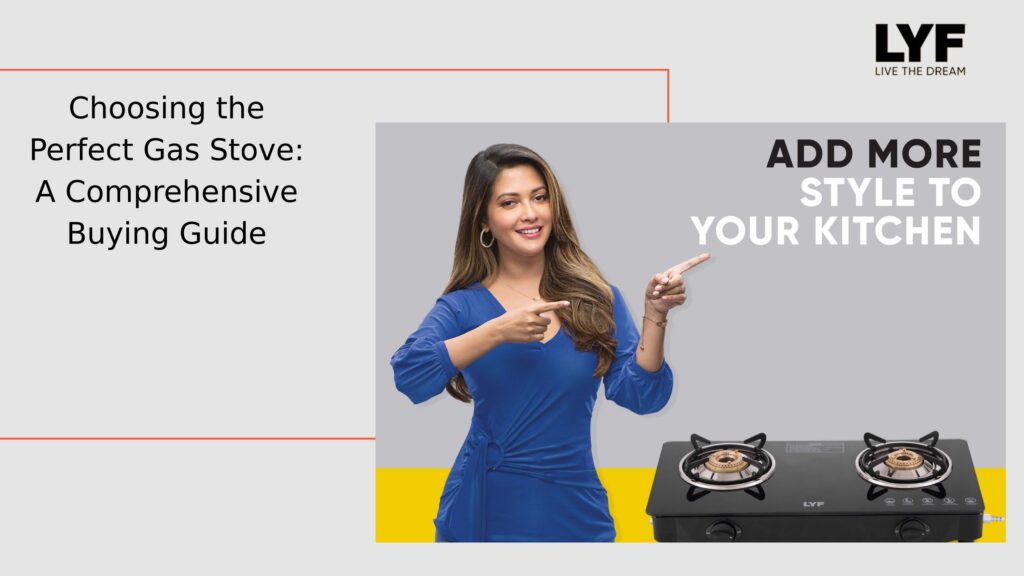
This image is property of image.isu.pub.
Choosing Based on Your Budget
Stoves come in a range of prices to suit different budgets. Understanding your budget can help narrow down your options and prioritize the features that are most important to you. Here are the main categories of stoves based on budget:
Economy stoves
Economy stoves are the most budget-friendly option, offering basic features and functionality. These stoves usually have standard burners, basic oven capabilities, and limited additional features. While they may lack some of the advanced functionalities found in higher-end models, economy stoves still provide reliable and efficient cooking results.
Mid-range stoves
Mid-range stoves offer a balance between affordability and enhanced features. They often come with a wider variety of burner configurations, oven capacity options, and additional features such as self-cleaning functions or multiple oven compartments. Mid-range stoves provide a step up from economy models with improved performance and added convenience.
High-end stoves
High-end stoves are the top-of-the-line models that offer premium features and advanced functionalities. These stoves typically come with high-performance burners, larger oven capacities, advanced cooking modes, and luxury finishes. They may also include innovative features such as Wi-Fi connectivity or touchscreen control panels. High-end stoves cater to serious home cooks and professionals who prioritize performance, durability, and aesthetics.
Maintaining Your Stove
Once you’ve selected and installed your stove, it’s important to properly maintain it to ensure its longevity and optimal performance. Here are some essential tips for cleaning, regular maintenance, and troubleshooting common issues:
Cleaning and care tips
Regular cleaning is crucial to keep your stove looking its best and functioning properly. Here are some general cleaning tips:
- Clean spills and splatters as soon as possible to prevent them from hardening and becoming difficult to remove.
- Use manufacturer-approved cleaning products and methods to ensure the longevity of your stove’s surface and components.
- Avoid abrasive cleaners or scrub brushes that can scratch the surface or damage the burners.
- Regularly wipe down the control panel, knobs, and surfaces to remove grease and dirt buildup.
- Clean the oven regularly to remove food residue and prevent unpleasant odors.
Regular maintenance
In addition to regular cleaning, there are some maintenance tasks you should perform to keep your stove in top condition:
- Check the gas supply and connections regularly for leaks or any signs of damage. Gas stoves should be inspected by a professional at least once a year.
- Clean or replace the range hood filter regularly to ensure proper ventilation and prevent grease buildup.
- Inspect the electrical connections and power cord of electric stoves for any signs of wear or damage.
- Test the burners, oven, and other features periodically to ensure they are functioning correctly.
- Refer to the manufacturer’s manual for specific maintenance recommendations and schedules.
Troubleshooting common issues
If you encounter any issues with your stove, it’s helpful to know how to troubleshoot common problems before calling for professional assistance. Here are some common stove issues and potential solutions:
- Burners not heating evenly: Clean the burners thoroughly to remove debris or food residue that may be affecting the heat distribution. If the issue persists, the burners or heating elements may need to be replaced.
- Oven temperature inaccuracies: Use an oven thermometer to verify the temperature accuracy. If the oven consistently runs too hot or too cold, you may need to recalibrate it or have the thermostat replaced.
- Gas odor: If you smell gas or suspect a gas leak, turn off the gas supply immediately, open windows for ventilation, and contact a professional for gas leak detection and repair.
- Control panel not functioning: Check if the stove is properly connected to a power source. If it’s properly connected and still not working, there may be an issue with the control panel that requires professional repair.
In conclusion, choosing the perfect stove for your kitchen involves considering factors such as size, fuel type, cooking surface, oven capacity, and burner configuration. Gas stoves offer precise control and quick heating, while electric stoves provide easy cleaning and affordability. Induction stoves offer fast and efficient cooking, and dual fuel stoves combine the benefits of gas and electric. Additional features like self-cleaning ovens, multiple compartments, warming drawers, Wi-Fi connectivity, and built-in grills can enhance your cooking experience. Consider your cooking style and budget when making a decision, and remember to maintain your stove through regular cleaning, maintenance, and troubleshooting. With careful consideration and proper care, your chosen stove will bring joy and efficiency to your kitchen for years to come.

This image is property of cdn.decoist.com.
